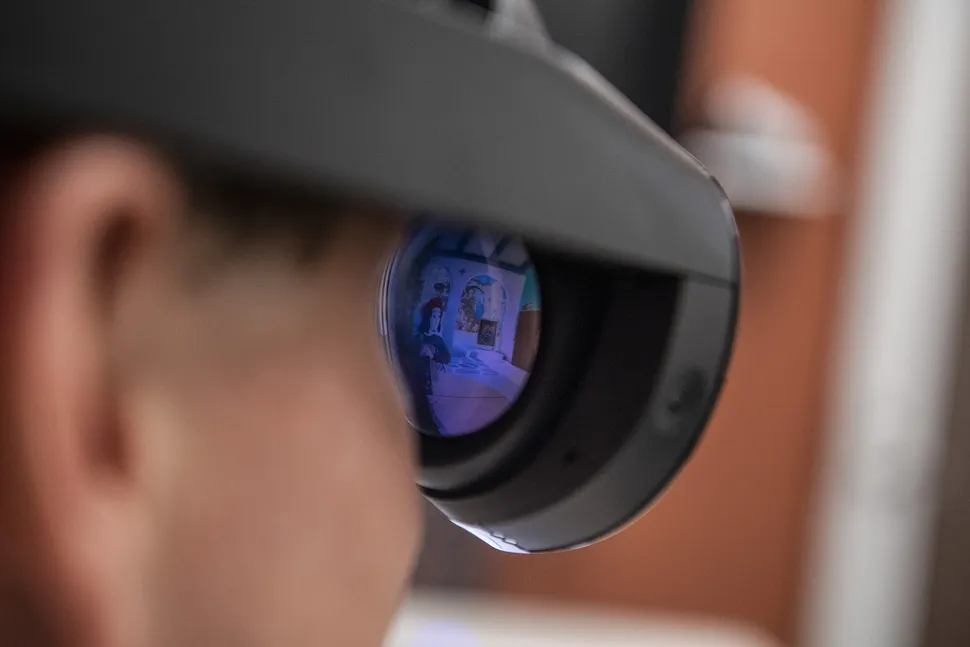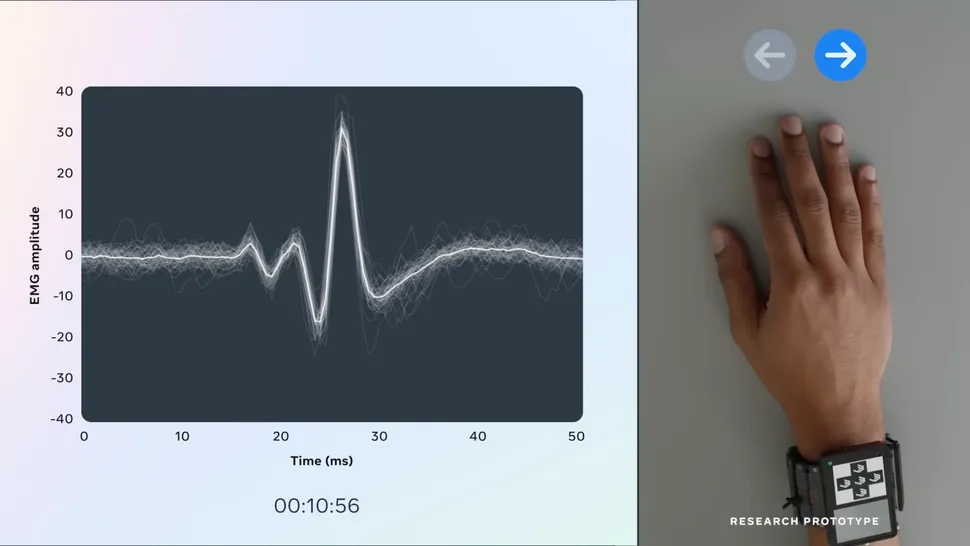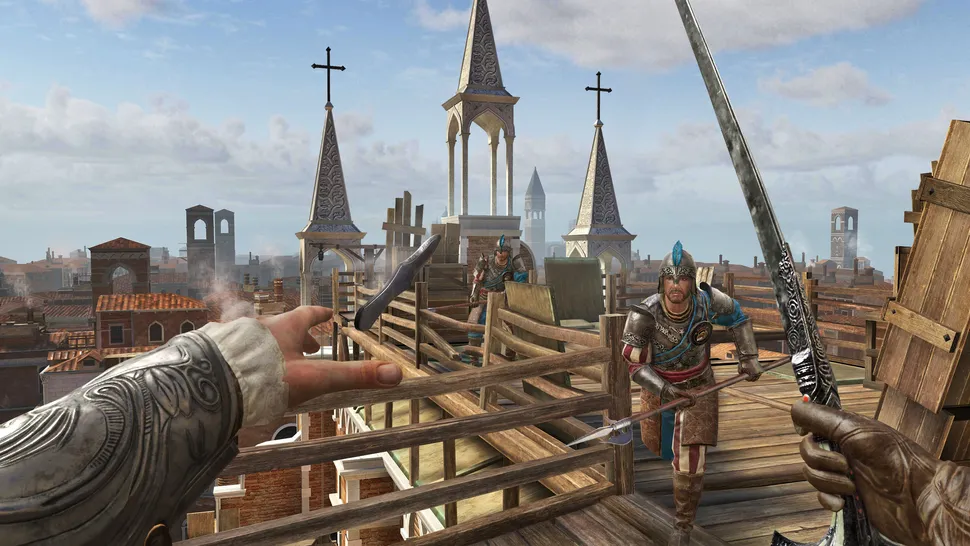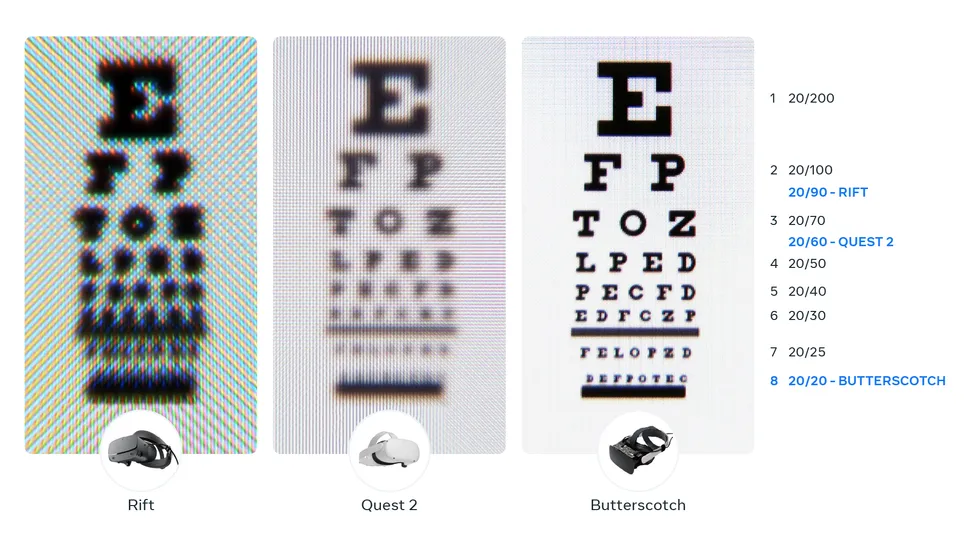Based on the three-year interval between the Oculus Quest 2 and Meta Quest 3, it seems likely that we won’t see a Meta Quest 4 until 2026. It’s never too early to speculate, though, as Meta CEO Mark Zuckerberg has already alluded to Quest 4 features. Quest 1 and 2 were released just 17 months apart.
Meta is expected to release a Quest 3 Lite for low-cost gamers in 2024 and a Quest Pro 2 for XR power users in 2025, based on leaks and public statements. Given this, we may anticipate that in late 2026, the Quest 4 will become the standard choice for VR enthusiasts.
The Meta Quest 4’s goal will be to address the shortcomings of its predecessors without going over budget when it releases.
Even with all of its improvements, the Meta Quest 3 kept certain dubious Quest 2 design aspects. It is not that Meta was unaware of them; rather, the reason for this is that the Quest 3 costs $430 to produce, and Meta was unable to improve it further without driving up the price.
The list of potential features we’d want to see in the Meta Quest 4 is below; we acknowledge that not all of our wishes may be fulfilled by the Quest 4, but it does include both likely updates (based on suggestions from Meta CEO Mark Zuckerberg) and wishful thinking.
Eye Tracking:

Following the release of the Apple Vision Pro, Mark Zuckerberg took to Instagram to disparage the headgear and point out the advantages of the Quest 3. He said in the video that Apple’s eye tracking is “really nice,” but he swiftly clarifies that eye-tracking sensors were originally included in the Quest Pro, and they want to “bring them back in the future.”
Given the budgetary constraints, we are certain that eye tracking will make a comeback in the Quest Pro 2, but less so in the Quest 4. It was one of the most unfortunate omissions from Quest 3, so we’ll just hope Quest 4 gets it.
Apple utilizes it to detect your gaze and enhance your hand-tracking capabilities. Foveated rendering, a graphics technique that focuses the greatest graphical detail on the desired area for more detail and faster GPU performance, is used by the Quest Pro and PSVR 2. Additionally, Sony uses its cameras to determine whether the interpupillary distance (IPD) on the PSVR 2 fits your eyes, while the Quest 3 requires you to measure your IPD using a ruler and is unable to alert you to an incorrect view.
We believe Meta will find a way to include eye-tracking cameras in the Quest 4 budget, given its newfound competition with Apple, which is expected to release its next headset in 2026.
Neural Interface Band:

Zuckerberg stated that you need a keyboard or “neural interface” for higher precision in eye and hand tracking, claiming that it is “not a perfect control system” during his Apple Vision Pro roast. In a podcast later that month, he went into further detail about how the wearable electromyography (EMG) band from the company can decipher “nervous system signals” that travel from the brain to your hand, enabling more precise gesture controls.
Zuckerberg told me that the technology is “close to product-ready” and will be in a Meta product “in the next few years.” “You’ll essentially be able to type and control something by thinking about how you want to move your hand,” he said, enabling a “private and discreet interface.”
The best release window for Quest 4 would be late 2026—that is, within the next few years! It would feel like a “next-gen” improvement for the Quest 4 headset if it came with a discreet EMG bracelet that could recognize your gestures for easier typing and navigation!
Since the Quest 3 and 2 already feature a ton of exercise games, the alternative would be a fitness tracker under the Meta brand that includes heart rate and accelerometer data. That would give the Quest 4 an extremely pleasing appearance if it was included in the box.
Built-in Elite Strap:

A revised cloth strap that better balances the side-to-side weight is one of the main differences between Quest 3 and Quest 2. Sadly, it still grinds on your ears a little bit, and it still isn’t secure enough for fast-paced fitness programs. Although it’s another area where the Quest 3 design team eschewed quality in order to keep costs down, we wish it had come with an integrated Elite Strap.
We’ll probably be wishing for nothing when we hope the Quest 4 will adjust to a new, non-cloth design. A back knob, a top strap to balance the weight on the sides, and a sturdy frame with a soft, water-resistant lining are used by the majority of the best VR headsets available to secure the device to your head.
Alternatives to Meta’s $80 self-installable Elite Strap are available from third-party Quest 3 accessories. However, it would be fantastic if Meta could design the Quest 4 with greater security and comfort in mind from the beginning.
A Display Upgrade:

With 30% more resolution than the Quest 2 displays, you can see an astounding 2064 x 2208 pixels each eye, or 1,218 pixels per inch, on the Quest 3 displays. That is 445 PPI higher than the PSVR 2 and 418 PPI higher than the Quest 2. Nevertheless, since the Vision Pro achieves 3,386 PPI, we can presume that the Quest 4 will reduce the disparity in resolution.
Despite rival headsets using OLED or Micro LED and the Quest Pro using QLED, one component of the Quest 3 remains unchanged: its LCD display. We would also like to see an upgrade in this area, provided that it doesn’t significantly increase the cost of Quest 4.
While LCD is less expensive than other standards, which helps Meta maintain a low price, it also requires more power and has less contrast than other standards. Richer colors and deeper blacks are delivered by OLED screens, while games that are darker on LCD screens can appear gray. OLEDs may also extend the battery life of the Quest 4 because they lack a backlight.
There are drawbacks to OLED displays as well, such as a murky Mura effect and possible PWM problems that can make some users ill. They are more expensive to produce and have a higher chance of burn-in over time. For Quest 4, we will thus have to wait and see what decision Meta makes.
Cloud Gaming:

Although we may not necessarily desire this upcoming feature, we do know that Meta is working on it based on leaks.
VR analyst Brad Lynch said that prior to the release of Quest 3, he had learned about Project Razor via a source. This project is described as “a partnership between Meta and US-based ISP/MNOs, i.e., Verizon, AT&T, etc., to help build connectivity improvements and get the internet’metaverse ready.'”
Additionally, it appears that Meta evaluated the current generation headset’s 5G capabilities, as evidenced by Quest 3 FCC filings. This makes logical, as the headset’s Snapdragon XR2 Gen 2 chip is capable of supporting 5G. Since Meta hasn’t stated anything regarding Quest 3 5G support, we can presume that Meta hasn’t decided to incorporate it yet or still has work to perform.
One benefit of cloud gaming is that it allows the Meta Quest 3 or 4 to play PC VR-quality games without requiring mobile hardware; this could help Meta to keep future Quest headsets lighter by requiring less powerful hardware.
The concerning drawback of cloud gaming is latency, which can cause nausea or annoyance in VR games when your movements don’t correspond with the game’s. Additionally, not every location has dependable 5G connectivity, so we’re not sure if Meta will charge for this service (maybe it would be included with Meta Quest Plus).
Varifocal or Holocake Lenses:

Finally, we include something that we know Meta is working on but is probably a long way off from being ready for consumer-level VR headsets.
The Butterscotch Varifocal prototype, unveiled by Meta at SIGGRAPH 2023, is the “first prototype headset to achieve varifocal with a retinal resolution display of roughly 60 pixels per degree (PPD), which is sufficient for 20/20 visual acuity.” In comparison, the incredibly costly Vision Pro only achieves 34 PPD.
Developers must take this into consideration because VR lenses currently have a fixed focal point where text and objects are in the clearest focus. The Quest prototype’s varifocal optics allow it to electronically focus on items that are near or far from the user in the virtual environment.
The finest Quest games would be created differently if Meta were able to provide varifocal lenses for the Quest 4 (or any other future Quest headset), eliminating the visual constraints that cause fuzzy VR text and surrounds in general.

This prototype would be heavy and costly, with a tiny 50-degree field of view—less than half that of the Quest 3’s 110º FoV. Nevertheless, given that Reality Labs is investing billions of dollars in this kind of technology, we can only hope that Quest 4 will bring VR technology closer to its optimal state while maintaining affordability.
The Holocake 2 is the other Meta VR prototype that we observed. It is shown above. The Quest 3’s pancake lenses are followed by holocake lenses, which incorporate a holographic layer to do away with the necessity for convex or concave lenses. With it, the already-comfortable Quest 3 might become much more slender in front, potentially providing some significant weight loss.
The Meta Quest 4 will be all about balance
People have been buying the Quest 2 despite the release of the Quest 3 because they like how reasonably priced it is. We want improvements with the Meta Quest 4, but not so many that only the most affluent VR users can afford.
It will undoubtedly receive a performance boost from a potential Snapdragon XR2 Gen 3 chip. Since Meta has made its VR software open-source, it is likely that the company will reveal new capabilities for the Quest 4 that will be added to Meta Horizon OS and eventually to other headsets. Maybe other brands’ competition will motivate Meta to improve Quest 4 even further.
Nevertheless, we question whether we will have to accept certain limitations in order to keep the Quest 4 at a price that is affordable for most people, such as a cotton headstrap, LCD screens, and a limited battery life.


